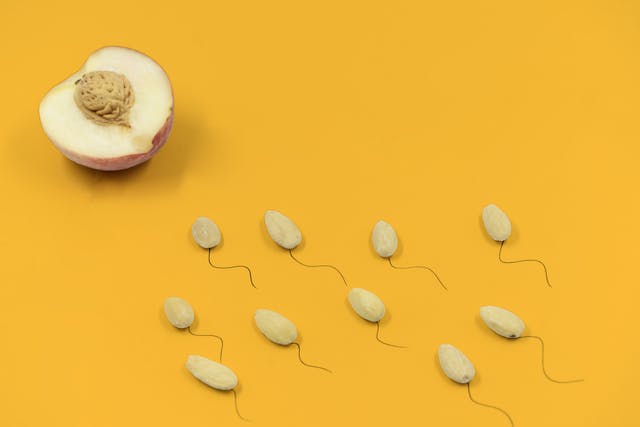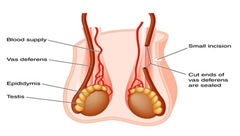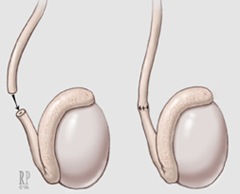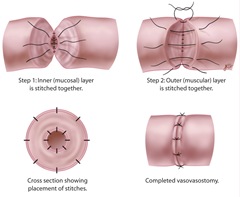When it comes to restoring fertility after a vasectomy, individuals often face a crucial decision: vasectomy reversal or sperm retrieval. Each approach has its unique advantages and considerations. In this blog, we’ll delve into the differences between vasectomy reversal and sperm retrieval, helping you understand which option may be the right choice for you.

Vasectomy Reversal: Reconnecting the Pathway
Vasectomy reversal is a surgical procedure designed to reconnect the vas deferens, the tube that carries sperm from the testicles to the urethra. This allows sperm to once again be present in the ejaculate, providing a natural path to conception. Key points to consider:
- Success Rates: Vasectomy reversal has higher success rates when performed within a few years of the original vasectomy.
- Natural Conception: It enables couples to conceive naturally without the need for assisted reproductive technologies.
- Recovery Time: Recovery typically takes a few weeks, and patients should abstain from sexual activity during this period.
Sperm Retrieval: Extracting Sperm for Assisted Reproduction
Sperm retrieval involves the extraction of sperm directly from the testicles or epididymis using minimally invasive techniques. These retrieved sperm can then be used for in vitro fertilization (IVF) or intracytoplasmic sperm injection (ICSI). Key points to consider:
- Suitable for All Cases: Sperm retrieval can be a viable option in cases where vasectomy reversal is not possible or has failed.
- IVF/ICSI Required: It typically involves additional procedures, such as IVF or ICSI, for conception.
- Minimal Recovery: Recovery is faster, usually a few days, as it doesn’t involve the reconnection of the vas deferens.
Making the Decision: Factors to Consider
Choosing between vasectomy reversal and sperm retrieval involves several factors:
- Time Since Vasectomy: The duration since your vasectomy plays a crucial role. Vasectomy reversal is more successful when performed sooner after the vasectomy.
- Desire for Natural Conception: If you and your partner prefer natural conception, vasectomy reversal may be the preferred option.
- Health Considerations: Your overall health and any specific medical conditions may influence the choice of procedure.
- Cost and Insurance: Consider the cost of each procedure and whether it’s covered by insurance.
Consultation with Dr. Yaniv Larish
The decision between vasectomy reversal and sperm retrieval should be made in consultation with a urologist experienced in both procedures. Dr. Yaniv Larish can assess your individual circumstances, discuss your goals, and recommend the most suitable approach to help you achieve your fertility restoration goals.
Conclusion: Tailoring Fertility Restoration to Your Needs
Vasectomy reversal and sperm retrieval are both viable options for restoring fertility, each with its unique advantages. Dr. Yaniv Larish can provide expert guidance, ensuring that your choice aligns with your specific circumstances and fertility goals. Contact Dr. Larish’s office to schedule a consultation and begin your journey toward parenthood.
For consultation and to learn more about vasectomy reversal and sperm retrieval, contact:
Yaniv Larish, MD
4 East 76th Street
New York, NY 10021
Phone: (646) 862-5500



